
Purbeck Mineral and Mining Museum in Local Attractions
Entry is FREE, but we rely on your donations; please give at least £1 per person to enable us to keep our museum open. Please Gift Aid your donation if you can.
The Purbeck Mineral & Mining Museum is situated adjacent to Norden Station and car park; our postcode is BH20 5DW
Our volunteers meet throughout the year to carry out various tasks, working on the buildings, developing more things to see and do, and working on our collections. If you would like to join us, please get in touch.
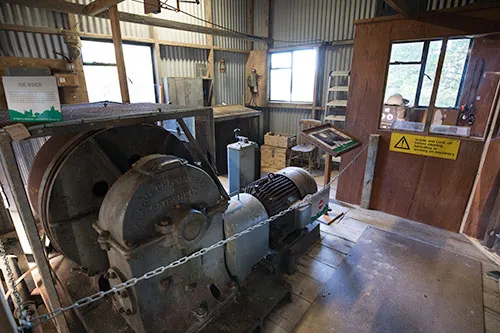
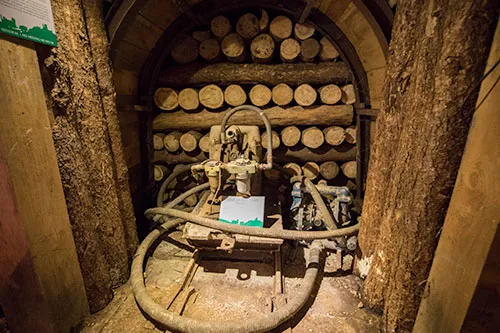
The Museum has been created almost entirely by volunteers. Working as part of the Swanage Railway Trust, we are part of a registered charity and contribute to its charitable aims of preserving aspects of railway-related heritage and providing educational opportunities. The Museum was created over ten years, with funding help from Chalk and Cheese, and is run by volunteers. The PMMM Group runs the Museum through a volunteer management committee chaired by Peter Sills and reports to the Museum & Education Delivery Group of the Swanage Railway Trust. The committee are advised by the Swanage Railway Museums Manager, with independent guidance from the Museums Adviser for Bournemouth, Dorset & Poole.
Clay History
Ball clay is rare and only found in a few places worldwide. It is valued for its whiteness and special properties when fired, which means that it is ideal in tableware, bathroom ceramics and in situations where it needs to cope with high temperatures.
The Purbeck ball clays came from weathered feldspar crystals in granite in Devon and Cornwall, washed downstream by rivers millions of years ago. The clay has been used since prehistory, and a major local pottery industry developed in the Roman period. The clay began to be dug in large quantities in the 17th Century, as it was ideal for making clay pipes for tobacco smoking. The clay was shipped through Poole Harbour to London and beyond and came to be used in tableware. It came to the notice of potters in the Potteries during the 18th Century and became a key ingredient used by Josiah Wedgwood.
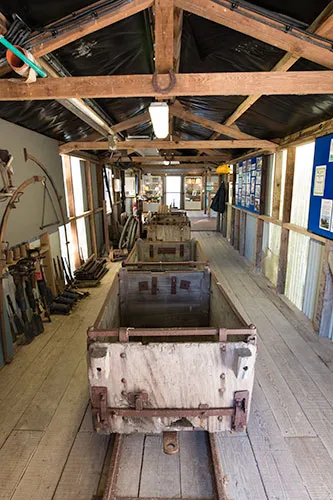
Wedgwood’s use of the clay and his deals with local merchants and other entrepreneurs created an extensive industry. In the 19th Century, several clays digging companies became dominated by Pike Brothers, based at Furzebrook and Fayles, based at Norden. Both invested in the latest technology. Benjamin Fayle created Dorset’s first railway, the Middlebere Tramway, to carry clay from the Norden area to a wharf on the edge of Poole Harbour at Middlebere. It opened in 1806 and remained used with horse-drawn wagons for a century.
Open cast, and later, underground shaft and adit mines appeared wherever the clay was available across north Purbeck. These were served by a network of narrow gauge railways, with steam locomotives introduced during the middle of the 19th Century. Steam was still used when most of the lines closed in the 1950s. Underground mining ended in 1999, although open-cast mining continues on several sites today.
The clay industry was a major employer in Corfe Castle and the surrounding villages from the end of the 18th Century. At times half of the population of some villages was supported by clay work. Clay mining ran in families for generations, with some members then going on to work on the Railways with the arrival of the Swanage Branch line.
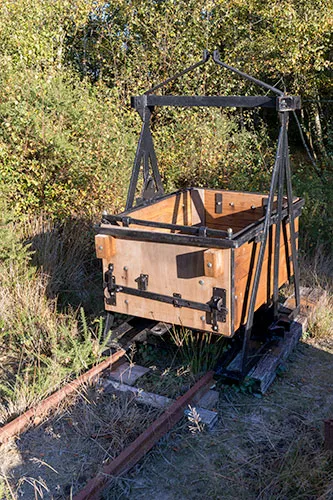
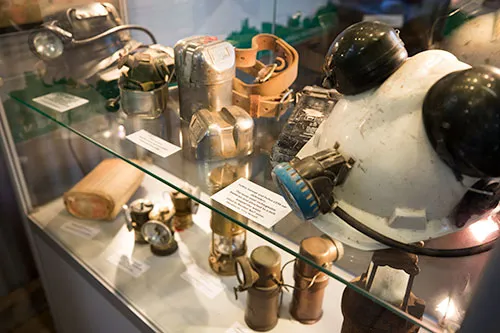
Videos
The following videos have been created by John Rowley, covering the museum and clay mining.
Location
Nearby...
Dorset Adventure Park
Attraction -
0.37 miles away
Corfe Castle
Attraction -
0.38 miles away
Church Knowle
Attraction -
1.25 miles away
Blue Pool
Attraction -
1.40 miles away
Creech
Attraction -
1.65 miles away
Kingston
Attraction -
2.03 miles away
Kimmeridge
Attraction -
3.19 miles away
Burngate Purbeck Stone Centre
Attraction -
3.20 miles away
Wareham
Attraction -
3.38 miles away
Arne Nature Reserve and Village
Attraction -
3.41 miles away